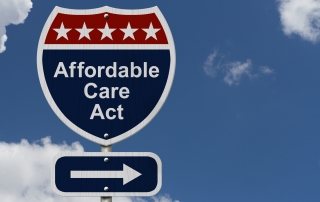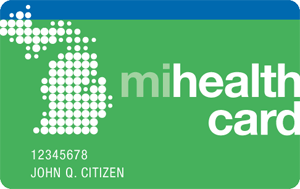Supporting Consumer Access to Specialty Medications Through Value-Based Insurance Design
Supporting Consumer Access to Specialty Medications through Value-Based Insurance Design Originally Produced: June 2014 Updated: February 2017 Introduction Specialty pharmaceuticals are medications that consist of complex molecules, are often complicated to deliver, and/or carry high costs. These medications are frequently used in the treatment of rheumatoid arthritis (RA), HIV, multiple sclerosis (MS), cancer and a variety of other serious health conditions. For many patients, specialty medications represent the most appropriate clinical recommendation. However, the benefit delivered by any given medication may vary markedly depending on the particular circumstances around its use. Today, approximately a quarter of total pharmaceutical spend-ing in the commercial market is devoted to specialty medications. If current trends in utilization hold, it is estimated that spending on specialty medications will comprise half of all pharmaceutical expenditures by 2018.1 To constrain the rapid rate of increased spending, many payers have established high consumer cost-sharing requirements [...]















